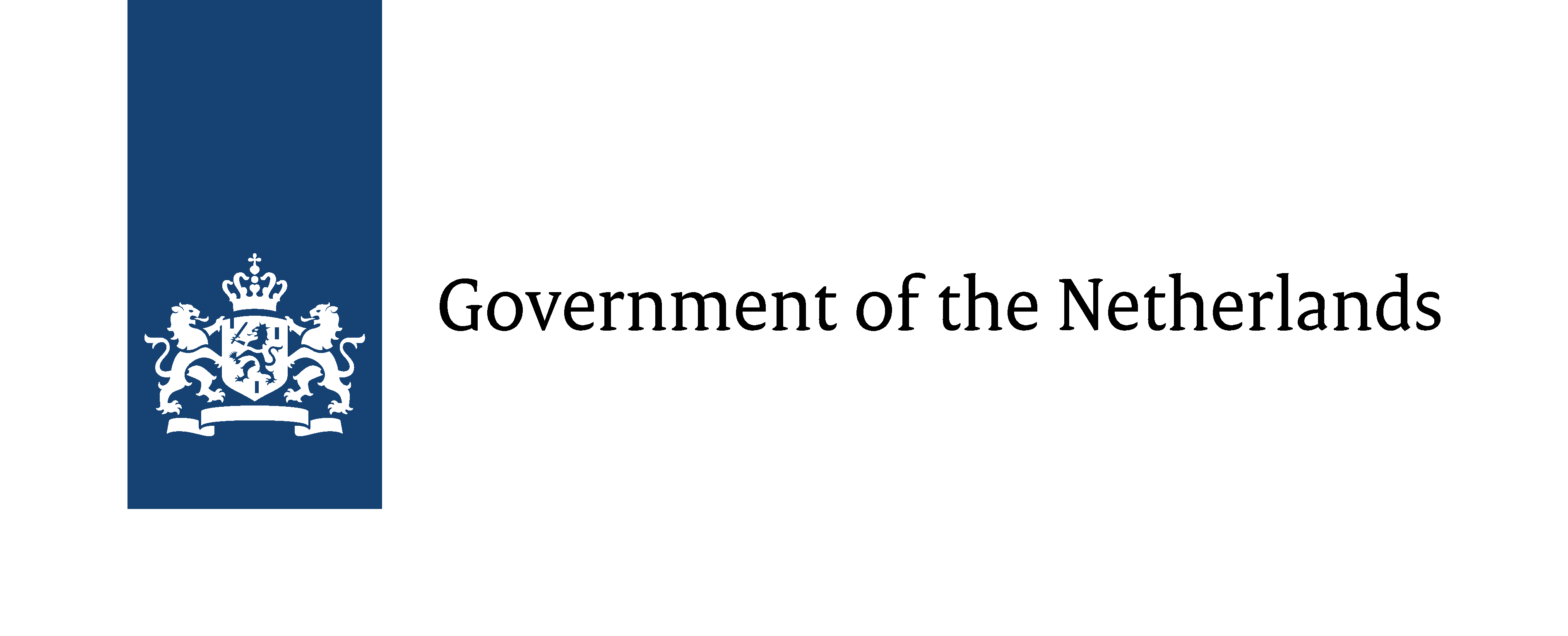
3D scans of Dutch VOC ships uncover secrets from the past
Recovering historic information through 3D scanning
The ‘Ship Shapes’ project is one part of John McCarthy’s PhD project, which started in 2017 at Flinders University (Adelaide). It aims to gather data that will help better understand what large Dutch East India Company (VOC) ships looked like in the 17th and 18th centuries. There are several important shipwrecks of this type in Australia, such as the ‘Batavia’ wreck in Western Australia. They represent some of the earliest evidence of European presence on the continent. The ‘Ship Shapes’ project involves 3D scanning of scale models, which will contribute to a better understanding of what defines a Dutch East Indiaman as a ship type and the degree of variation concerning its design.
Dutch ship models across European museums
During his stay in Europe, John McCarthy scanned a number of Dutch ship models kept in museums in the Netherlands, the UK, Belgium, and Norway. In the Netherlands, these included the Rijksmuseum, Het Scheepvaartmuseum, the Amsterdam Museum, the Maritiem Museum Rotterdam and the Zeeuws maritiem muZEEum. In the UK, the Royal Museums Greenwich was also visited since it holds one of the oldest Dutch ship models, dated to 1657.
Dutch-Australian cooperation
John McCarthy works together with various museums and Dutch partners such as the Cultural Heritage Agency of the Netherlands. He is a student of Associate Professor Wendy van Duivenvoorde, author of ‘Dutch East India Company Shipbuilding’, an award-winning book on the archaeological evidence for the ships.
To find out more about the project, follow John McCarthy on Twitter.
This project is supported by the Netherlands Embassy in Canberra, Australia.

